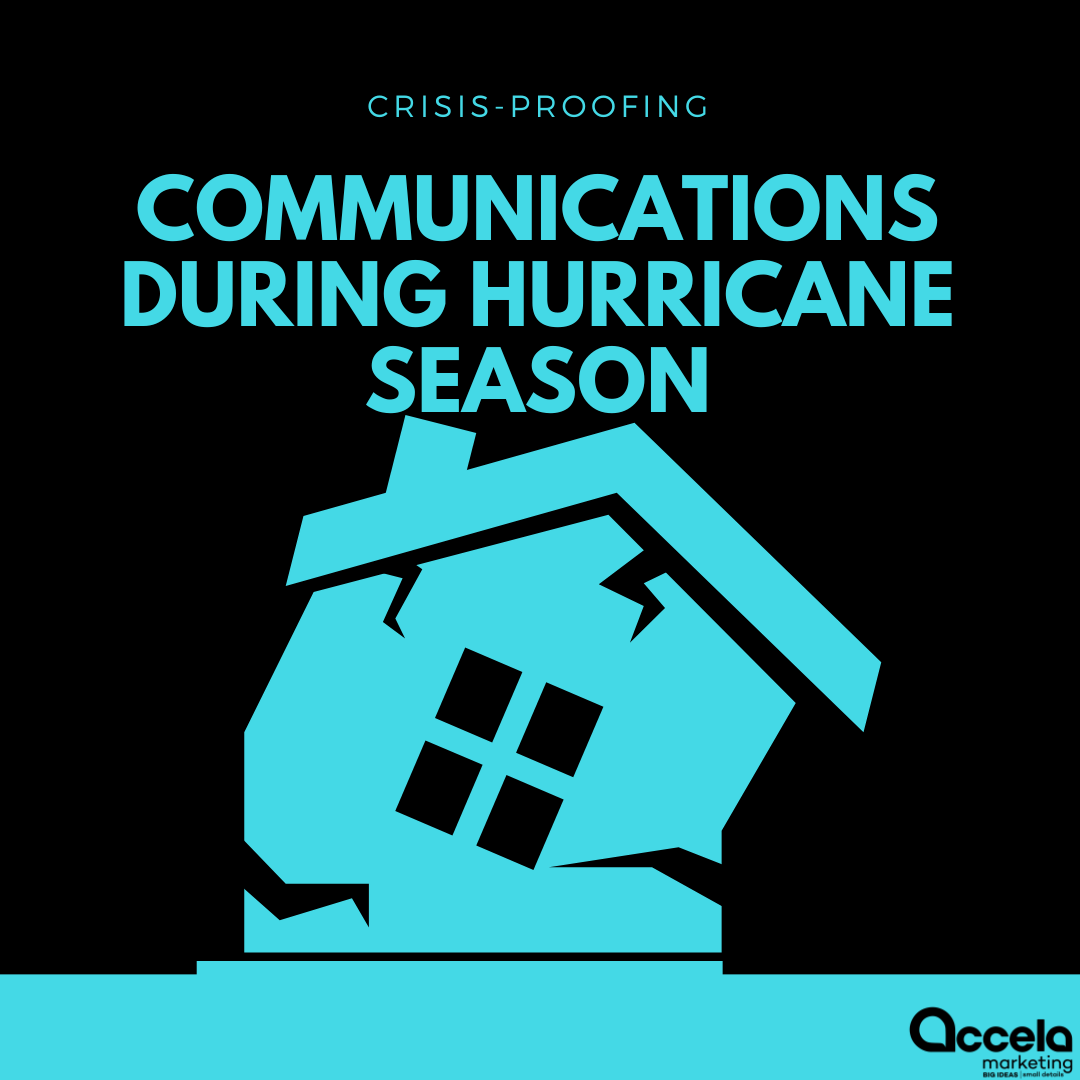Crisis-Proofing Your Communications During Hurricane Season: A Guide for Caribbean Brands



As hurricane season rolls in, brands operating in the Caribbean and other storm-prone regions must be prepared—not just operationally, but communicatively. When communities are on high alert or recovering from natural disasters, the tone and timing of your marketing matter more than ever. Thoughtful communication can strengthen your brand's reputation; missteps can quickly damage trust.
Here’s how to crisis-proof your communications strategy during hurricane season.
1. Audit and Adjust Your Content Calendar
Start by reviewing your scheduled posts, emails, and campaigns for the season. While it’s important to stay visible, pre-scheduled promotions or cheerful content can feel tone-deaf if a storm is approaching or communities are in distress.
Action Steps
- Use social listening or local weather alerts to anticipate disruptions.
- Set up an internal alert system to pause or reschedule posts quickly.
- Build flexibility into your calendar so you can shift content as needed.
2. Create a “Pause Protocol”
Every brand should have a plan in place to halt or adapt communications in a crisis. A pause protocol outlines who’s responsible for pulling content, what platforms need immediate attention, and how internal teams stay informed.
Include:
- A rapid response checklist.
- Emergency contacts across departments.
- Pre-approved messages for postponements or pauses.
This ensures your brand doesn’t appear out of touch when people are focused on safety and survival.
3. Communicate with Empathy and Relevance
During or after a storm, your messaging should reflect the reality on the ground. This isn’t the time for aggressive selling. Instead, offer compassion, clarity, and resources.
Ideas for Relevant Messaging:
- Share public safety info or shelter locations.
- Offer support to affected customers and staff.
- Postpone product launches with a message of solidarity.
Your audience will remember how you showed up during difficult times.
4. Support the Community in Meaningful Ways
Brands that are part of the local fabric should be visible in their support. That might mean offering services, donating goods, or using your platforms to amplify emergency info.
Examples:
- A telecom company waives fees or boosts data.
- A supermarket offers water and batteries at cost.
- A local bank provides grace periods on loans or announces closures early.
Even simply resharing verified emergency updates from disaster agencies can go a long way.
5. Review and Learn Post-Storm
After the storm has passed, take time to reflect on how your team handled communication. What worked well? Where did you falter? Use these insights to refine your strategy for the next season.
Post-crisis checklist:
- Review engagement and sentiment.
- Debrief with your team.
- Update your crisis communication guide with lessons learned.
Final Thought
In the Caribbean, hurricanes aren’t just seasonal—they’re a reality that demands empathy and adaptability. A crisis-proof communication plan allows your brand to respond responsibly, remain connected with your audience, and even become a source of strength in the community.
By planning ahead and leading with heart, your brand can weather any storm—together with the people it serves.













%201.svg)






